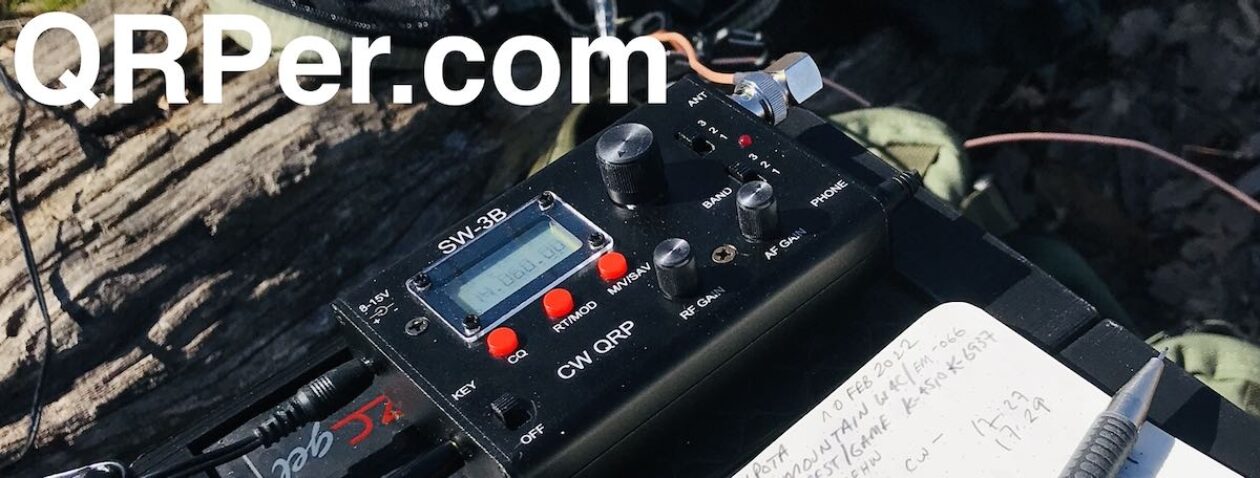by Thomas (DM1TBE)
Intro
The last weekend was pretty nice and just like an invitation to operate outdoors. As I wrote in one of my previous posts, I often activate summits on the Swabian Alp, a high plateau, which falls with steep cliff-like edges and many SOTA summits to the northwest. If you approach it from the foothills where I live, the sharp edge is clearly visible.
On the way to the ascent, you came along old, picturesque villages. If you look closely, you can see the “Maibaum”.
The tradition of erecting a “Maibaum” (Maypole) is a long-standing custom in Germany, particularly in the southern regions. The Maibaum is a tall wooden pole that is decorated with colorful ribbons, wreaths, and symbols of the local community. It is usually erected on May Day or the night before and is a symbol of spring, fertility, and community spirit. In some regions, it is also accompanied by folk dances, music, and festivities.
It was my third activation of the summit Römerstein, and every time I used another transceiver.
My transceiver history
When I started with ham radio, I used an old Icom IC-706.
The lack of modern features such as DSP and filters, and the current consumption made it not the first choice for portable operators. I soon switched to an Icom IC-7300 at home and got used to a waterfall and spectrum display. After two activations with the 706 I bought a Xiegu G90.
During the time of my first activation of the Römerstein, I operated only in SSB. So, I was happy with the G90. The display was small, but way better than my old 706. I was satisfied and used the G90 until I started with CW. In CW, I prefer using headphones until today. The sound of the G90 was uncomfortable for me. The lowest volume was too loud, a lot of loud cracks annoyed me, and I was never happy with the filters. Continue reading A Triple activation and why I switched from a KX3 to Icom’s IC-705
















































